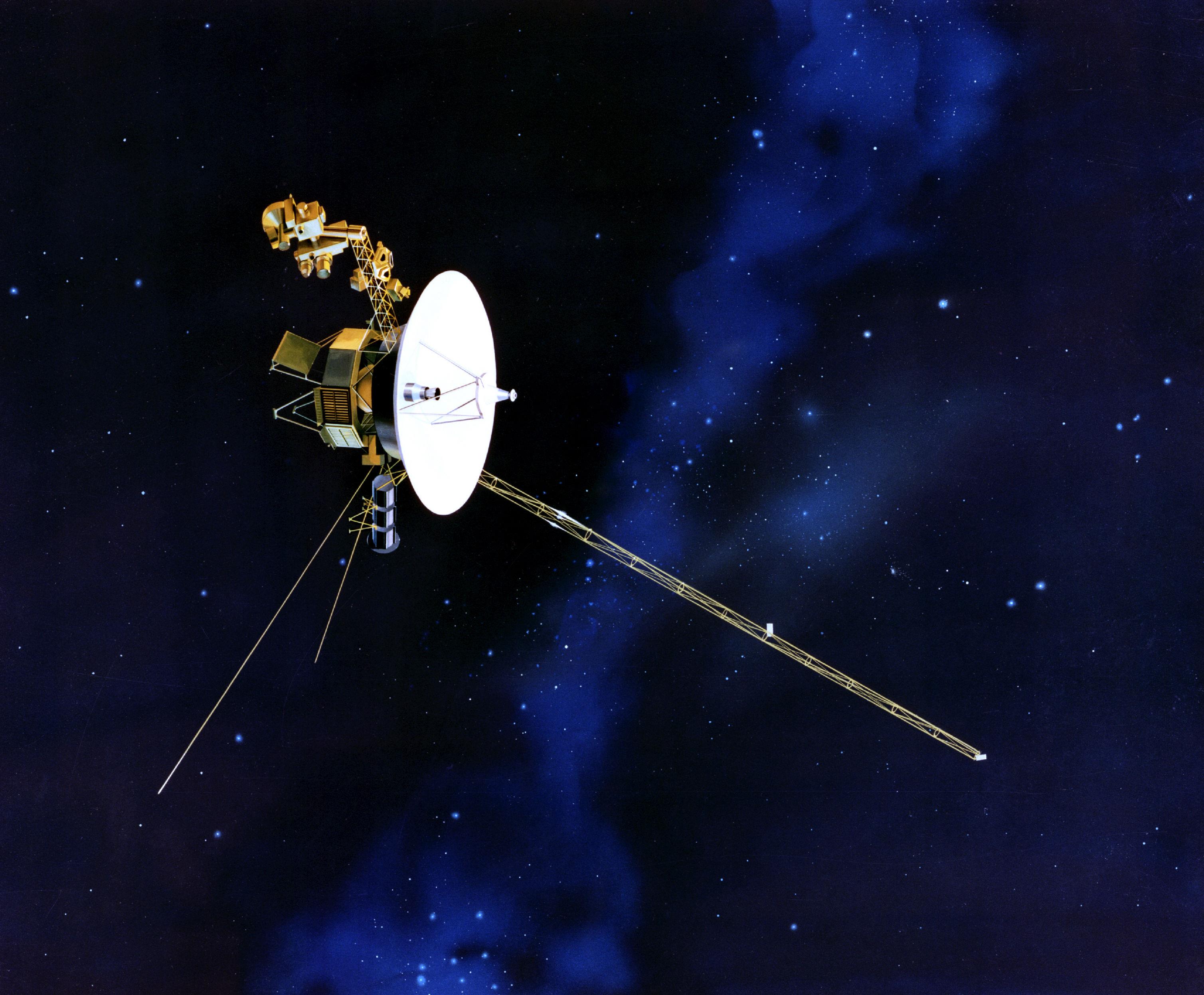WASHINGTON, Dec. 1 (Xinhua) -- U.S. space agency NASA said Friday that a set of thrusters aboard the Voyager 1 spacecraft, the only human-made object in interstellar space, have been successfully fired up after 37 years without use.
The spacecraft has been using small devices called "attitude control thrusters" to orient itself so it can communicate with Earth, but the thrusters have been degrading since 2014, according to NASA.
The Voyager team assembled a group of propulsion experts to study the problem and eventually agreed on an unusual solution that will try giving the job of orientation to a set of four backup thrusters dormant since 1980.
On Tuesday, Voyager engineers sent a command to fire the four "trajectory correction maneuver (TCM)" thrusters and it took 19 hours and 35 minutes for the test results to reach an antenna in Goldstone, California.
On Wednesday, the engineers "learned the TCM thrusters worked perfectly -- and just as well as the attitude control thrusters," said NASA.
The plan going forward is to switch to the TCM thrusters in January, it said.
"With these thrusters that are still functional after 37 years without use, we will be able to extend the life of the Voyager 1 spacecraft by two to three years," said Suzanne Dodd, project manager for Voyager at NASA's Jet Propulsion Laboratory.
NASA added it will likely do a similar test on the TCM thrusters for Voyager 2, the twin spacecraft of Voyager 1.
Voyager 2 is also on course to enter interstellar space, likely within the next few years, and currently, its attitude control thrusters are still functioning well.
Voyager 1 and Voyager 2 were launched 16 days apart in 1977. Voyager 1 reached interstellar space, which NASA described as "the environment between the stars," in 2012.
